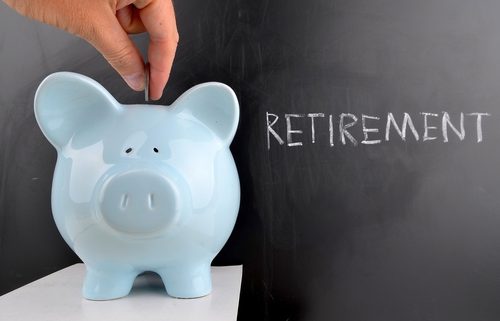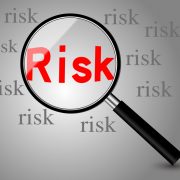How to Save for Retirement When Things are Going Unexpectedly Well
When you look for retirement advice online, much of it centers on what to do when things are difficult. What if the stock market crashes? What if you need extra years in retirement? What if you lose your job? But in all likelihood, you may have to face a challenge you never imagined while preparing what to do with your retirement savings when your income and your financial life is going unexpectedly well. Using a Self-Directed IRA, in particular, can open up your retirement account to all sorts of growth along the way.
For some people—particularly those who are not used to wealth—this can create a unique obstacle: the temptation to coast. The temptation to withdraw the funds that are doing so well.
Your best course of action is to have a plan in place for when your retirement is going well. Here are some of the strategies and tips you will want to know when the retirement plan is right on track:
When Not to Change Anything
It’s tempting to think that tinkering around with your accounts is going to yield the best results. The active manager is the best manager, right? Not necessarily. You will often find that when things are going unexpectedly well, you will be well-served to avoid doing anything.
This is not to say that you should not stop and evaluate your retirement from a strategic perspective. Far from it. You should always have a look at your retirement accounts—whether that’s on a quarterly or annual basis—and investigate whether now’s the time to change things up. But when things are going well, it’s usually a sign that you are headed in the right direction. Remember that any changes to your account should be to improve your overall returns; if you find that difficult to do, you might be well-served by sticking to the current strategy.
Adding Diversification to Your Account
An account that’s doing well means that you can keep some investments as they are and start to focus on other ways to build some security in your account. That usually means going to different asset classes.
If you have already tried some of the conventional asset classes associated with Self-Directed IRAs—such as gold and precious metals as well as real estate—it doesn’t hurt to brush up on what else is available:
- Tax liens
- Private companies
- Brokerage accounts
- Private lending/notes
These are all ways you can broaden the diversification in your account—all while still Self-Directing your IRA. You do not have to abandon a previous strategy but can simply add money to an account if you have not yet been maxing out your available contributions.
Boosting Your Contributions to Match Your Income
If you have a Self-Directed 401(k), for example, you will find that the high contributions can mean that even with a prosperous retirement account, there’s still more you can do to accelerate your returns.
The first step is to understand what your contribution limits may be. In 2019, those under the age of 50 can contribute $6,000 to their Self-Directed Traditional or Roth IRA. But with other Self-Directed IRAs, the contribution limits may be far higher than that.
For instance, a SEP-IRA currently has contribution limits of $56,000 in 2019 or 25% of compensation.
Understanding the options available to you can help you double down on an investment strategy that’s going well. Whether that comes through widening the assets in which you invest or expanding your yearly contributions, you can do a lot to accelerate your returns and ensure yourself a prosperous retirement.
Interested in learning more about Self-Directed IRAs? Contact American IRA, LLC at 866-7500-IRA (472) for a free consultation. Download our free guides or visit us online at www.AmericanIRA.com.









